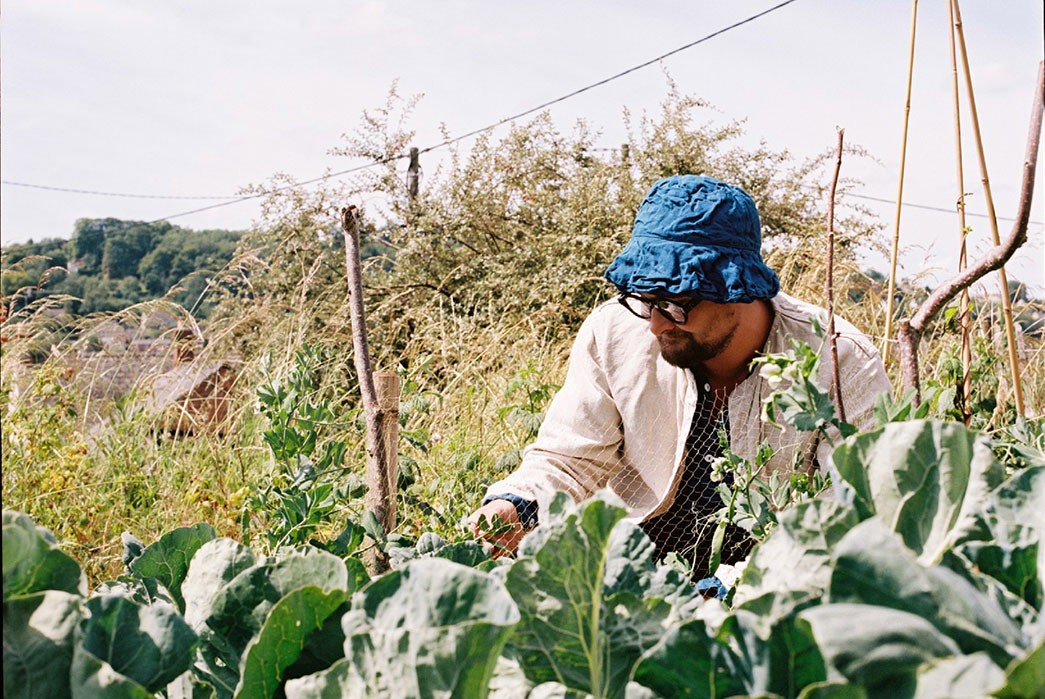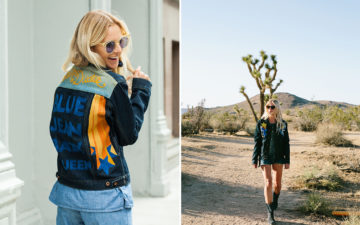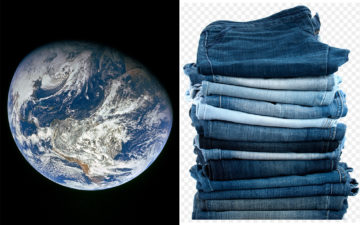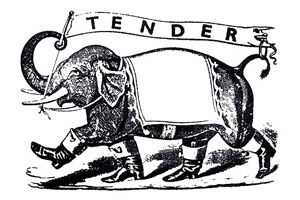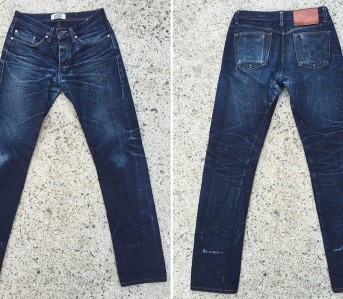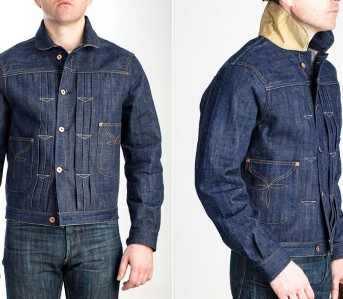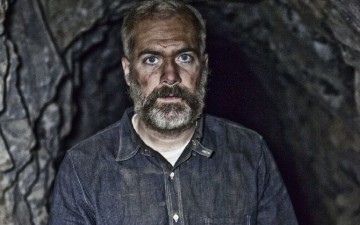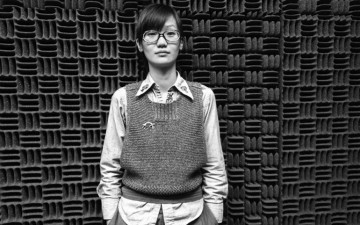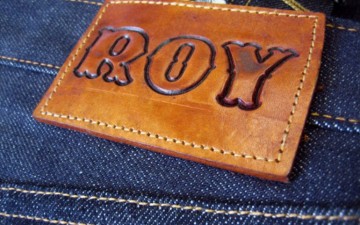This interview comes to us from guest contributor Mads Vestergaard. All images are courtesy of Tender’s Spring/Summer 16 lookbook.
Every now and then you come across a piece of clothing so unique, that you have to own it regardless of the price. There are only a few current brands that I know of that are able to bring out that feeling in me, and British brand Tender is one of them.
Tender shares some of the same qualities, that made my late, favourite vegetarian restaurant, Food For Thought in London’s Seven Dials area, a success: It’s unpretentious, yet appeals to the eye and comforts the body. Food For Thought served home cooked meals, made from scratch, from the best, locally sourced ingredients. With the assurance of care, attention and time to release as much flavor as possible. It was the kind of food that made the product of other restaurants look machine-made.
Tender, which is the brainchild of British designer William Kroll, is made from a similar recipe, and this is what separates the brand from a lot of the other brands it shares floor space with, in stores all over the world, from Australia and Japan to the US and UK. From the eco-friendly, but also painstaking and time consuming processes of natural dyeing to the engineered construction of his jeans, Tender’s products represents Kroll’s keen eye for detail. An extensive manufacturing knowledge, developed through years of experience in the apparel industry. Yet each product comes out unique. Tender’s almost paradoxical ethos: ‘perfection by imperfection’ is a byproduct of the slow, natural methods by which the garments are crafted.
I sat down with William Kroll, designer and founder of Tender, to have a chat about his brand(s), selvedge denim trends, magic, and much more.
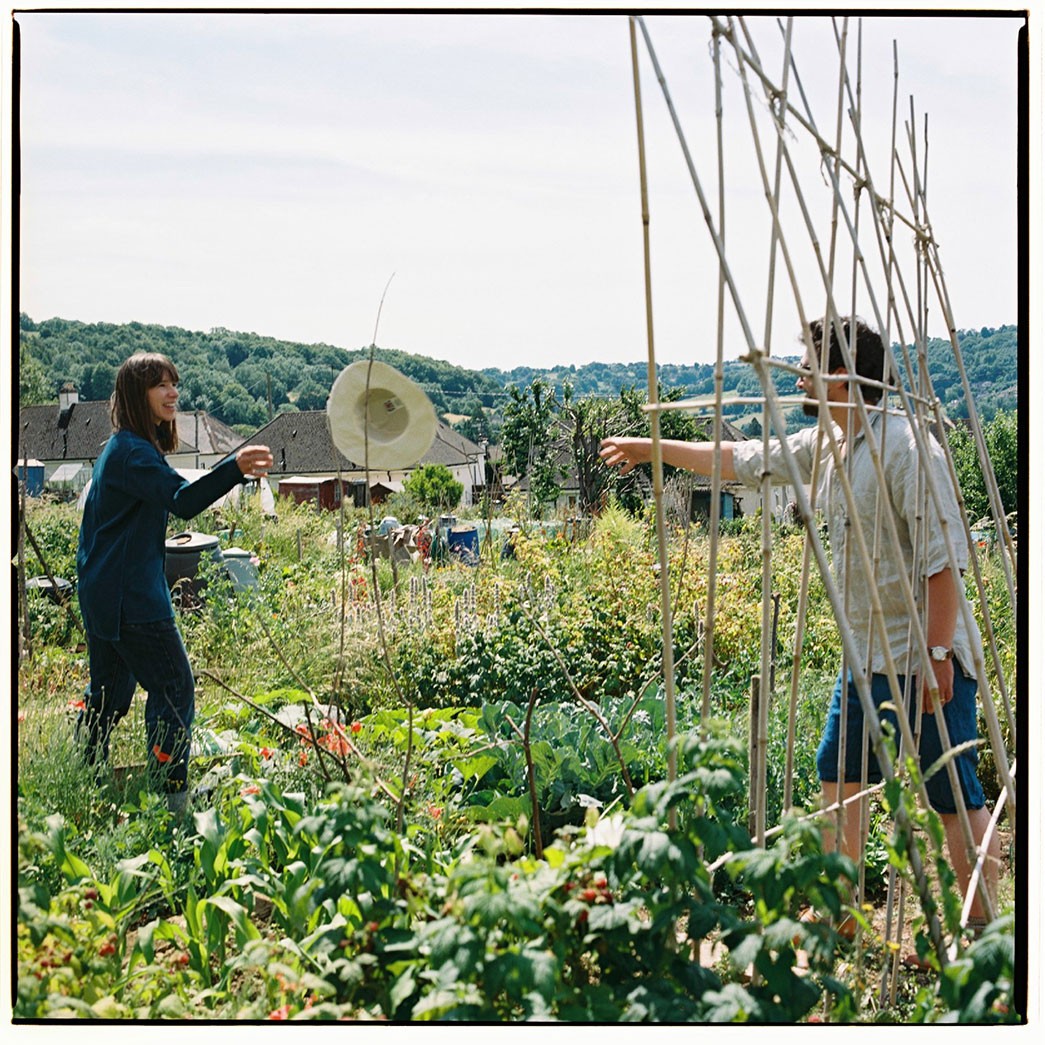
Heddels (Mads Jakobsen): What is your background, as far as designing and [clothing] manufacturing?
William Kroll: I have a menswear degree from [Central] Saint Martins. After that I worked in retail in Evisu on Savile Row, the only retail job I ever had. I was always more interested in design than retail, and I was able to persuade them of that. They eventually gave me a role in Evisu’s bespoke department on Savile Row, called Evisu Deluxe. I must’ve been 19 or something. My week would consist of working 3 days a week in the shop and 1 day a week designing. The man that I was working for was a very experienced pattern cutter who had a background in work wear as well as suiting, and being able to learn from him was a great privilege.
It got to a point where I wanted to do my own thing. Brands like Evisu are largely influenced by American heritage. Personally I’ve always liked Americana, but I wanted to do something with my [British] identity. I was still fascinated by the Japanese, who had been keeping up a lot of the traditional manufacturing methods, so after I left Evisu in 2009, before starting Tender, I went to Japan for a couple of months to learn the art of traditional indigo dyeing.
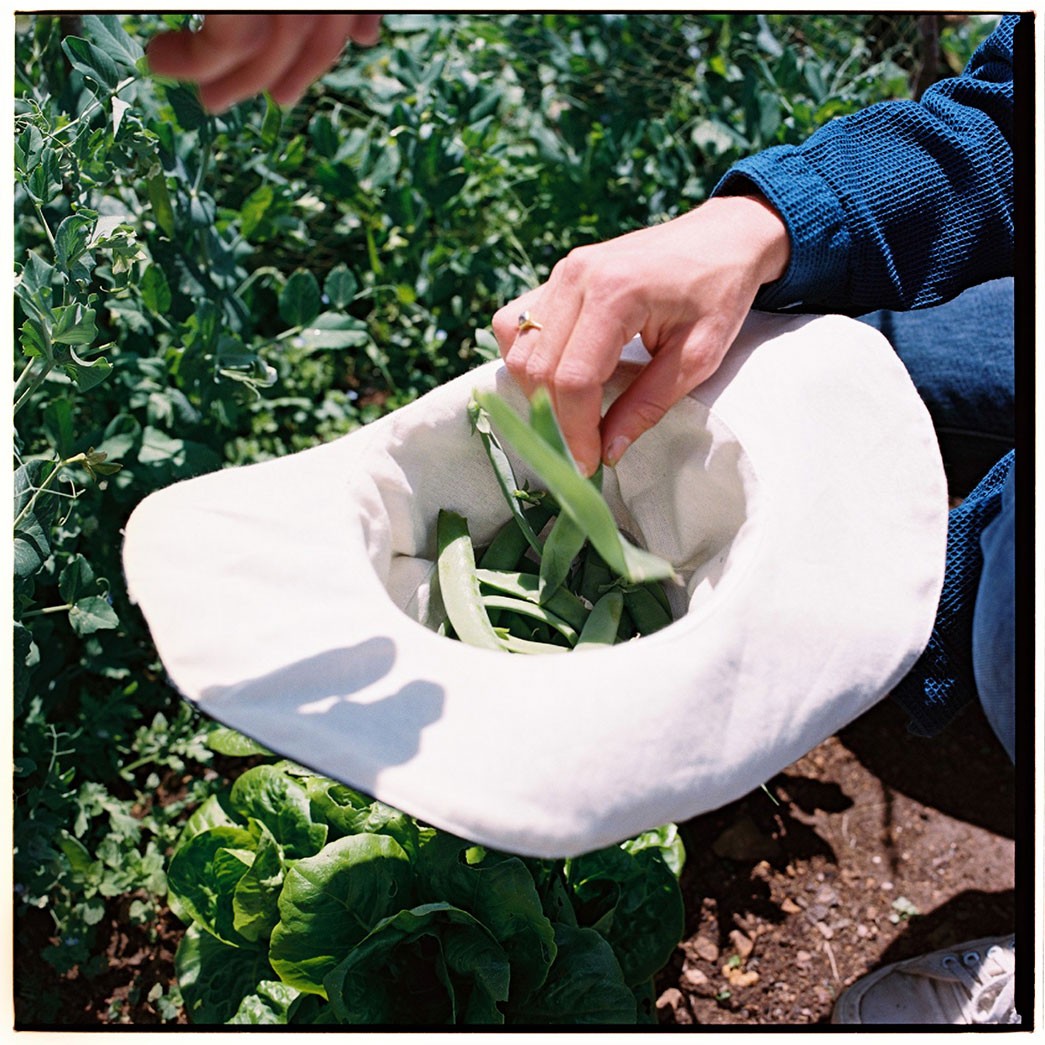
H: How did this arrangement come about?
WK: Being with Evisu I had been to Japan a couple of times already networking and meeting people out there who I can call my friends today. The guy, who ended up teaching me, was really just a friend of a friend through my job with Evisu. (Despite him not speaking English and me not speaking Japanese.) We had a really good connection, despite us not being able to fully understand each other. I had been taking night school lessons in Japanese here in London while I was working on my notice for Evisu. But yet, going to Japan [to learn indigo dyeing], I knew very little Japanese.
H: Speaking of Japan, you’ve just been interviewed by Popeye Magazine. How big are you in Japan compared to the UK?
WK: I was really lucky early on with Tender to make some fantastic relationships in Japan, and the brand has been really well supported there by owners, shops, and magazines. That said, it’s a tiny, very niche proposition everywhere, and production quantities are so limited by the methods and materials that it’s never going to be huge. I would say just under a third of the production goes to Japan, and the rest is divided between shops in the USA, the UK, and internationally.
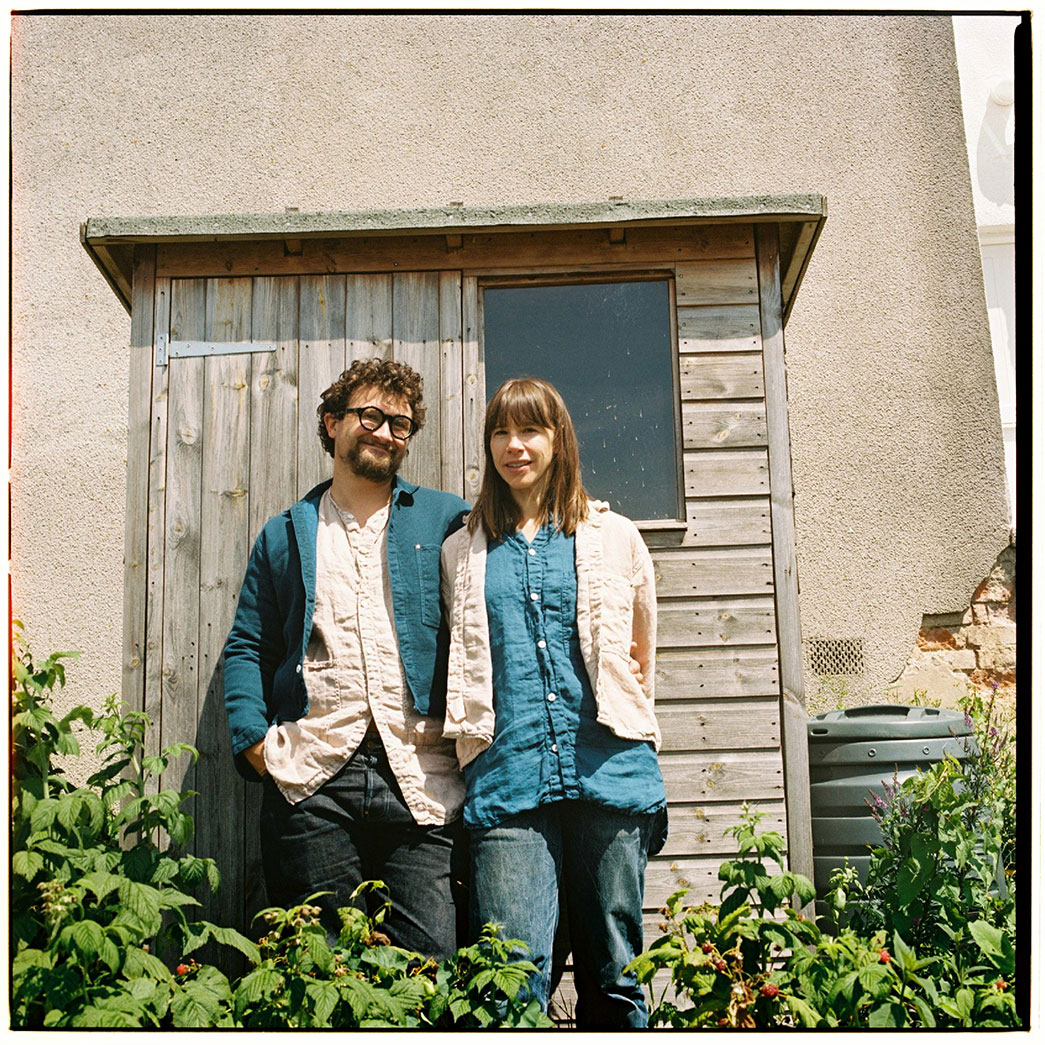
H: You run your business with your wife, from your home in Stroud, Gloucestershire. From your website, I get this feeling that you are included in every process, from designing to sewing and dyeing, etc. Is this true?
WK: I don’t actually produce anything at this point, but everything goes through my hands or my wife Deborah’s [hands] at our home, where we finish and pack everything. I’m also very hands-on with prototypes and I do all the initial designs; cut patterns and make original samples.
As far as manufacturing, I have people behind me, each of them experts in their respective field. It’s my goal as a designer to bring the best out in [each of] them by pushing and challenging them with something new or unconventional. At the same time, I don’t want to interfere too much. I want them to do something they want to do something they’re good at, so it’s all about finding the right balance.
Since the beginning [of Tender] I’ve been working with a husband and wife tailoring business in Leicester. They make all Tender’s garments, and as Tender has grown, so has the production load on them. So much that now, they only do my stuff. Through years of working together we’ve developed a great personal relationship which enables us to discuss the outcome of the production on a deeper level. It’s a rare thing [I believe], to have that close a relationship with your manufacturer. It enables me to challenge them by pushing the limits of the machines with heavy or otherwise challenging fabrics to work with.
I was there [at the manufacturer] yesterday, to pick up a batch of shirts that they were finishing up for me. I stayed until the end of the day, as I need the shirts ready for Monday. When the shirts were done, I took them to the launderette this was late yesterday and the attendant kept the launderette open for a couple of hours, just for me. Today, my wife Deborah is packing them so they’re ready for delivery to Oi Polloi on Monday. It all makes for a really personal transition from the manufacturing process to retail.
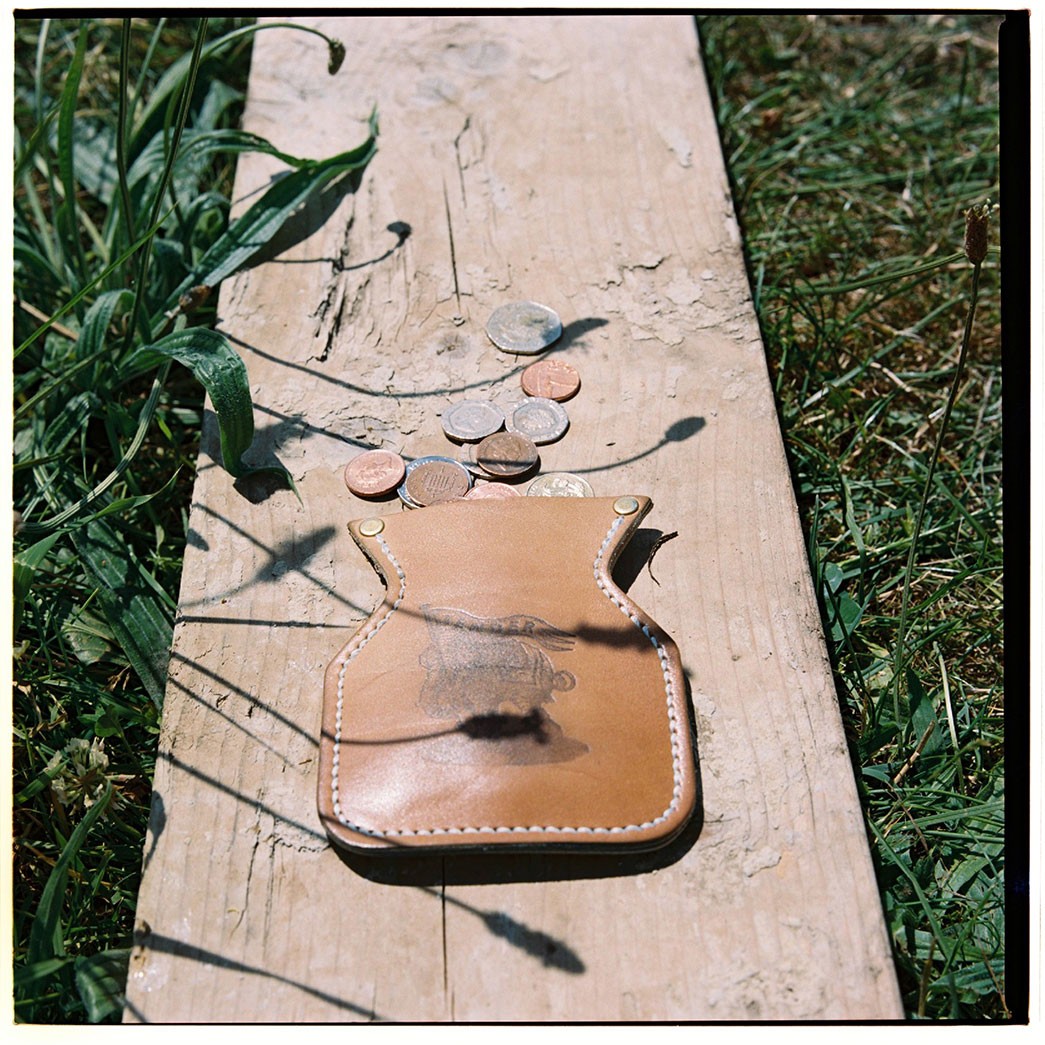
H: Tender is inspired by work wear and more precisely, the Great British Steam Age. For the people not familiar with this era, what does that mean and how does that go to show through the products you make?
WK: Tender pays homage to Victorian engineering and the second industrial revolution from the late 19th century, where steam power, steel and iron production, building railroads etc. began. It’s an era when things were logical and understandable as opposed to magic.
H: Magic?
WK: There are lots of things present in our lives that we don’t understand how works, we just take it for granted that they do. Take a [mechanical] watch on the other hand; We can grasp and understand how this watch works, its movement can be traced down to the smallest gear. Tender is about paying homage to the comprehensible.
Tailoring is magic and about tricking the mind, e.g. by hiding stuff and making the wearer’s shoulders seem broader. With jeans it’s very different. Rivets, visible and often contrasting seams etc. I really like that transparency with jeans. It’s similar with ceramics. [With ceramics] you can see the fingerprints on the cups or bowls. There’s a reason for the shape and the finish, because it’s handmade or mouth blown. It traces back to the “perfection of imperfection” ethos Tender stands for.
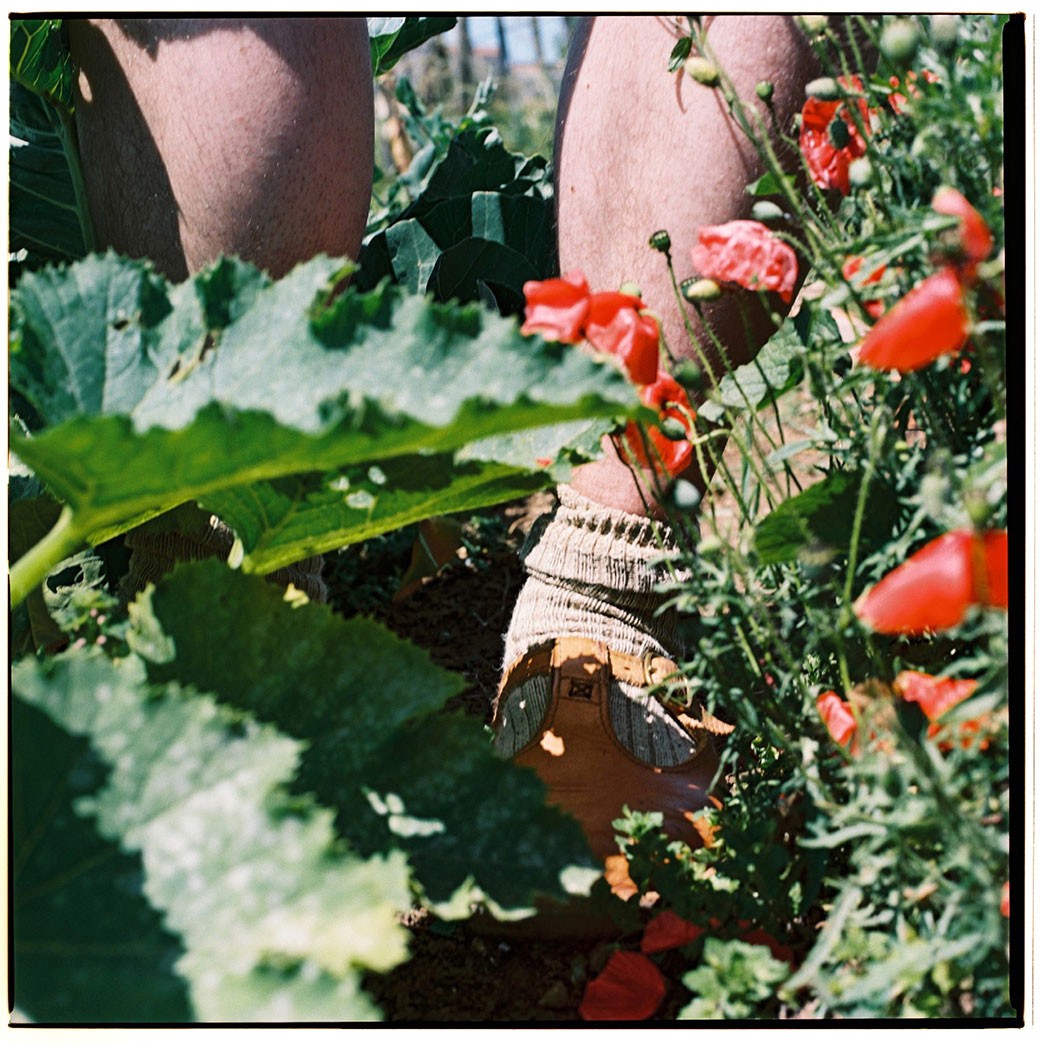
H: I want to ask you about your website. When thinking of the many flash heavy websites selling clothing or otherwise promoting a product, yours stands out as being quite primitive. What is idea behind the website and how much influence do you have on it?
WK: The website works as an archive, with pictures and information from everything we’ve done as Tender since the beginning. This is important to me, as I still include designs from the first collections. [For me] there’s no reason to pretend like everything evolves all the time, because it doesn’t. So the design of the website is very deliberate from my side. It’s a concept and it’s meant to function as a collage of Tender’s history, as well as a place to find information about the brand.
I also have my online shop, selling Tender Co., which is further divided into Trestle Shop selling ceramics, SLG’s etc. and Sleeper, which is my Japan produced work wear brand. I want potential customers and/or other people interested in the brand, to look and search and that way interact with the website. I want people to buy something as opposed to me selling them something. That’s why there’s no navigation on the site. I’m not going to throw anything at you.
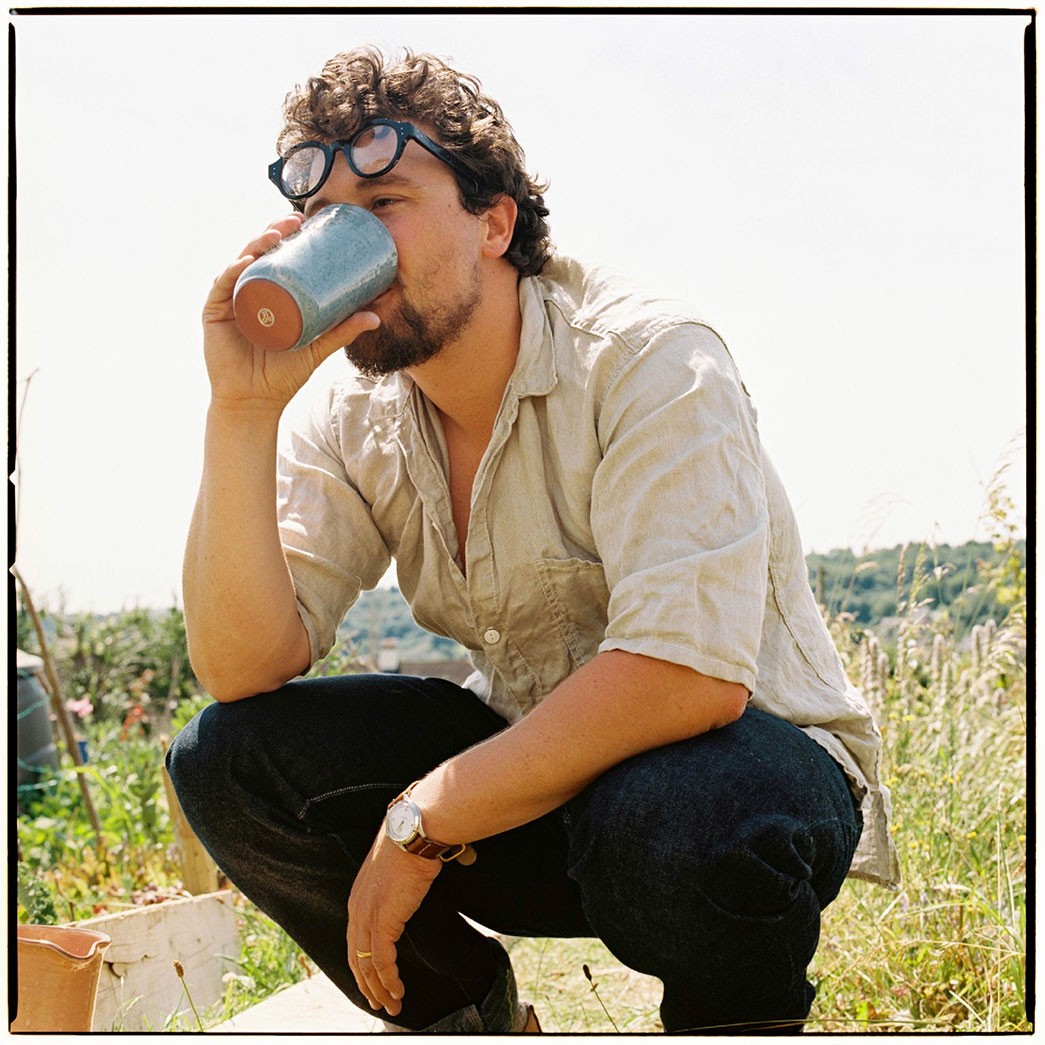
H: I also noticed that there’s no information about AW15 on your website.
WK: Yeah, I never show collections ahead of drop, so that is also intentional.
H: Distributing directly to customers from your home must be a nice feeling for both of you. Tell me about your relationship with customers. Any regulars?
WK: Most of my sales come from wholesale; distributing and selling through shops in UK, Europe, America, Australia, and Asia. In addition to that, my wife Deborah and I sell clothes and goods via www.tenderstores.com and we ship all over the world. It’s a real pleasure to make a personal connection with some of the people who end up wearing my things. I realize that Tender [in comparison to a lot of brands] is expensive and when someone wants to spend that amount of money on my design, I have to take responsibility for that by giving them a good experience. Therefore, I really enjoy finishing and packing a product. This includes numbering, buttoning up, folding and packing it, before personally sending it to the customer.
On occasions I have email correspondences with customers; regulars, first timers, or people who are simply interested in the brand. This allows me to build a rapport with my customers as well as receive feedback on products. I hope they appreciate it as much as I do.
H: What do you talk about [in the emails]?
WK: There’s this Danish guy, a dancer, who’s worn Tender in several dance pieces. He’ll email me, talking about what piece [of clothing] is better to move in, which is interesting, and good feedback too. It’s important to remember that clothes are designed for wear and not just for decoration. Though I appreciate the aesthetics of a design, this really emphasizes the functionality of Tender. Another guy, a musician, has worn Tender on several of his album covers. Both of these stories make me extremely proud and happy. It’s great because it manifests Tender in other mediums than menswear.
H: You mentioned your [other] brand Sleeper before. Tell me more about Sleeper and how it differs from Tender?
WK: Sleeper is a workwear brand that I do in collaboration with a small Japanese agency called Homestead Ltd. Crafted from British or Japanese fabrics, all the clothes are made in an old, small workwear factory in Japan, as opposed to Tender which is made here in England.
Where Tender is a reinterpretation of classic pieces, rethought by me, Sleeper is almost straight up reproduction, based on a personal workwear collection of mine. Tender has more stories, which goes to show in the detailing, whereas Sleeper comes out much cleaner. This means that Sleeper has a lower price point [than Tender], but it’s also simpler in design. Sleeper is mainly made for Japan, but I sell it via my website for anyone who might be interested here in the UK or elsewhere. You can find more information on the Sleeper site and buy the full collection on my store.
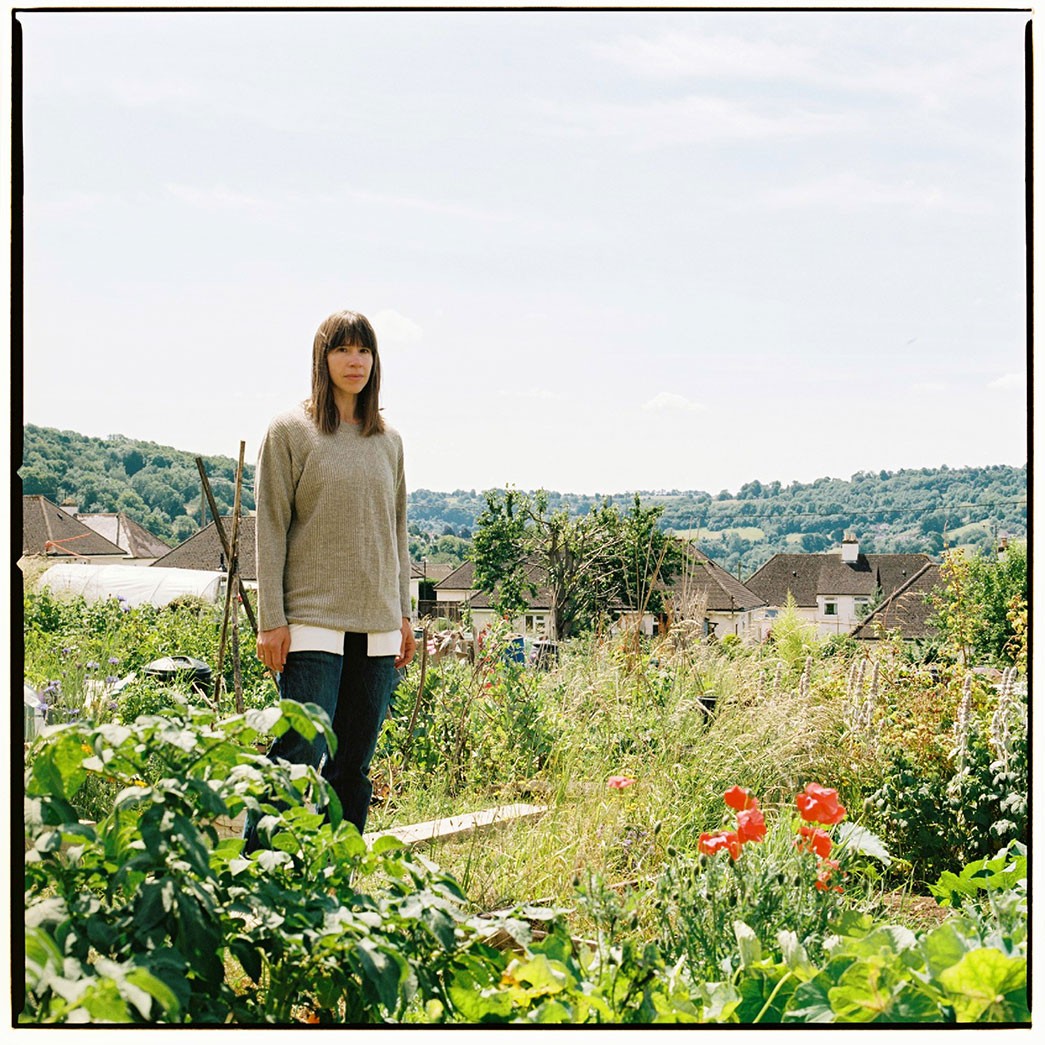
H: Why couldn’t you release the Sleeper collection through Tender?
WK: [Because] I feel like Tender has a strong personality, and I like doing stuff within framework. I guess I didn’t really feel like Sleeper fitted into the same frame [as Tender]. To sum up the distinction, I would say Tender is a ‘sophisticated interpretation’ while Sleeper is a ‘literal interpretation’.
H: I consider Tender to be a part of the heritage scene, if you’ll allow me to be so categorical. In UK you are largely being distributed in shops like Peggs and Son and Oi Polloi as opposed to retailers like Son of a Stag or Rivet and Hide. Is this a deliberate move by you?
WK: There’s a real art to building a shop and giving it a personality. The shops you mention are great in their own ways, but the shops which stock Tender in the UK and elsewhere all bring something of themselves to the brand. Their buyers make selections and place Tender among other brands which hopefully bring out the best in all of the products. I’ve been really lucky to build up great long lasting relationships with stockists, and I’m not trying to push my clothing to a huge market, so I’m able to work in a creative way with really interesting independent shops. I like to see my products among different brands with other points of view, and I don’t necessarily consider Tender to be purely a jeans brand, and I think the list of stockists reflects that very well.”
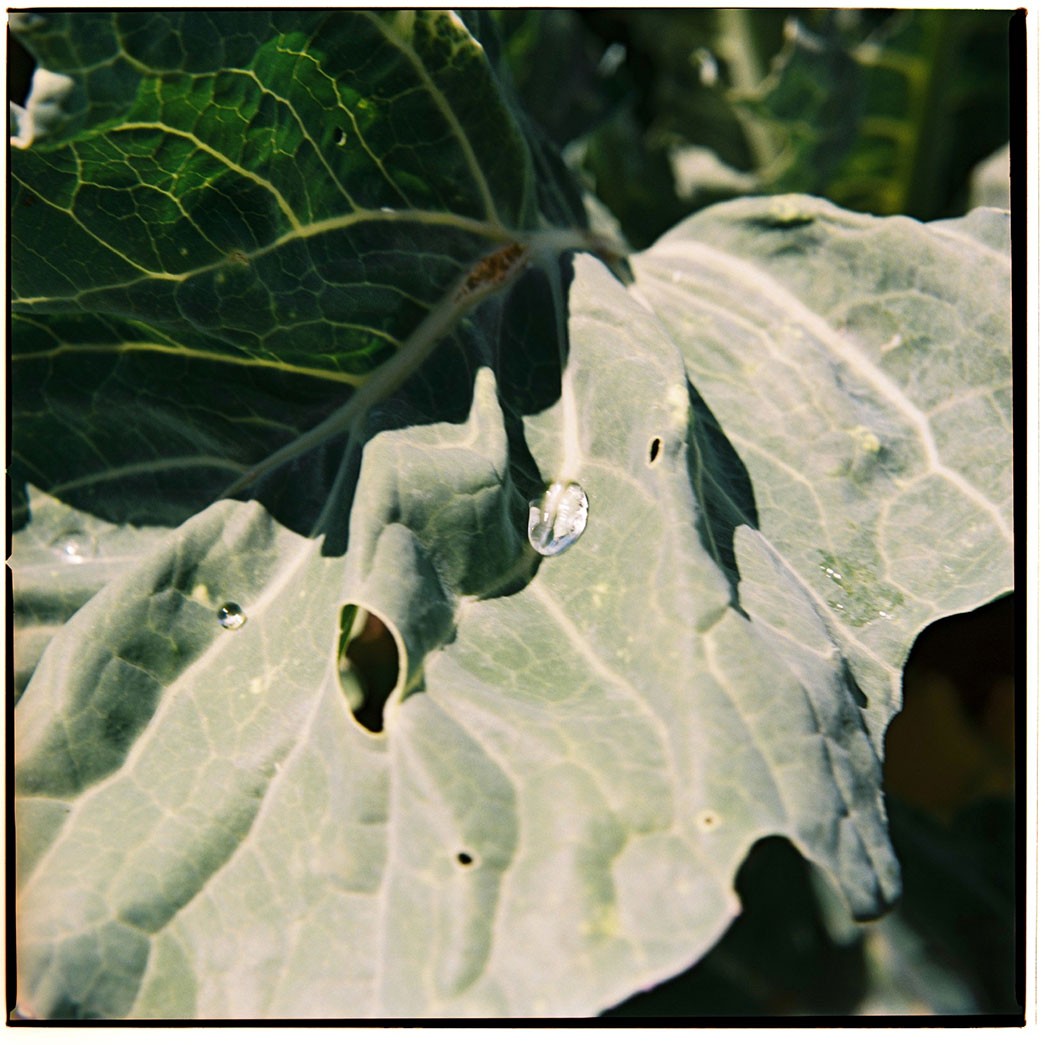
H: Selvedge denim has seen a revival in the twenty-first century, expanding beyond just denim purists, with high street brands like Topman and Uniqlo, as well as a lot of newly launched brands implementing selvedge denim in their collections. Why do you think this is?
WK: Selvedge is a good hook for brands to hang things on, so you see it used in different ways. I think people who like the kind of clothes we’re talking about are increasingly interested in the more or less romantic stories behind how their things are made. Selvedge denim as a concept has been very successfully marketed for quite a while, and that filters through different types of design interpretations. A lot of Japanese brands do quite strict reproductions of garments that would often have been cut from, and showing, a clean selvedge, so they need to keep that feature.
With Tender, I don’t reproduce, so I don’t have to stay true to an original piece. But I like to maintain as much evidence of the manufacturing processes as possible, and I like the aesthetics of historical garments cut on the selvedge for practical reasons. It’s a mark of respect and understanding of what’s come before as much as anything. High street brands have correctly picked up on selvedge denim either for the same reasons as smaller brands, or as a visual cue associated with certain values.

H: What do you think of the current trend of selvedge denim in jeans, with many people turning up the hems to show the selvedge. Is it a bit misunderstood?
WK: I think it’s very important to remember that a closed selvedge (visible or not) can be a sign of good denim, but it’s not the selvedge that makes the denim or the garment interesting, so at a certain level I think it’s nice to look beyond that to other qualities and ideas.
H: Let’s talk about Tender jeans. I think it’s refreshing to see a pair of jeans that, for once, don’t resemble a classic Levi’s, a noticeable difference being the pockets. Tell me a little about the jeans you make and where the inspiration comes from?
WK: I get a lot of inspiration from my own life and how I wear my jeans. An example is the driver’s pocket I included on the “Type 132″ jeans in 2013, which is made to avoid sitting on your wallet while driving. I got tired of sitting on my wallet and getting cramps. The driver’s pocket is similar to side pockets from overalls and coveralls, originally intended for tractor driving.
Another example is the straight side pockets [I use on Tender jeans]. Most jeans feature round pockets on the hip area, but I find that these break out quicker. The idea behind the straight pockets is to cut the denim on the bias, which is where woven fabric is at its highest potential of flexibility. This means that the [straight] pockets eventually get round as you wear your jeans and use your pockets.
Another important feature of my jeans is the pocket lining, or lack thereof. Instead of traditional pocket lining, often made from a lightweight twill, we use unfaced denim pocket bags, reinforced with a selvedge mouth. This makes the pockets more durable, and less likely to break from having your keys in your pockets.
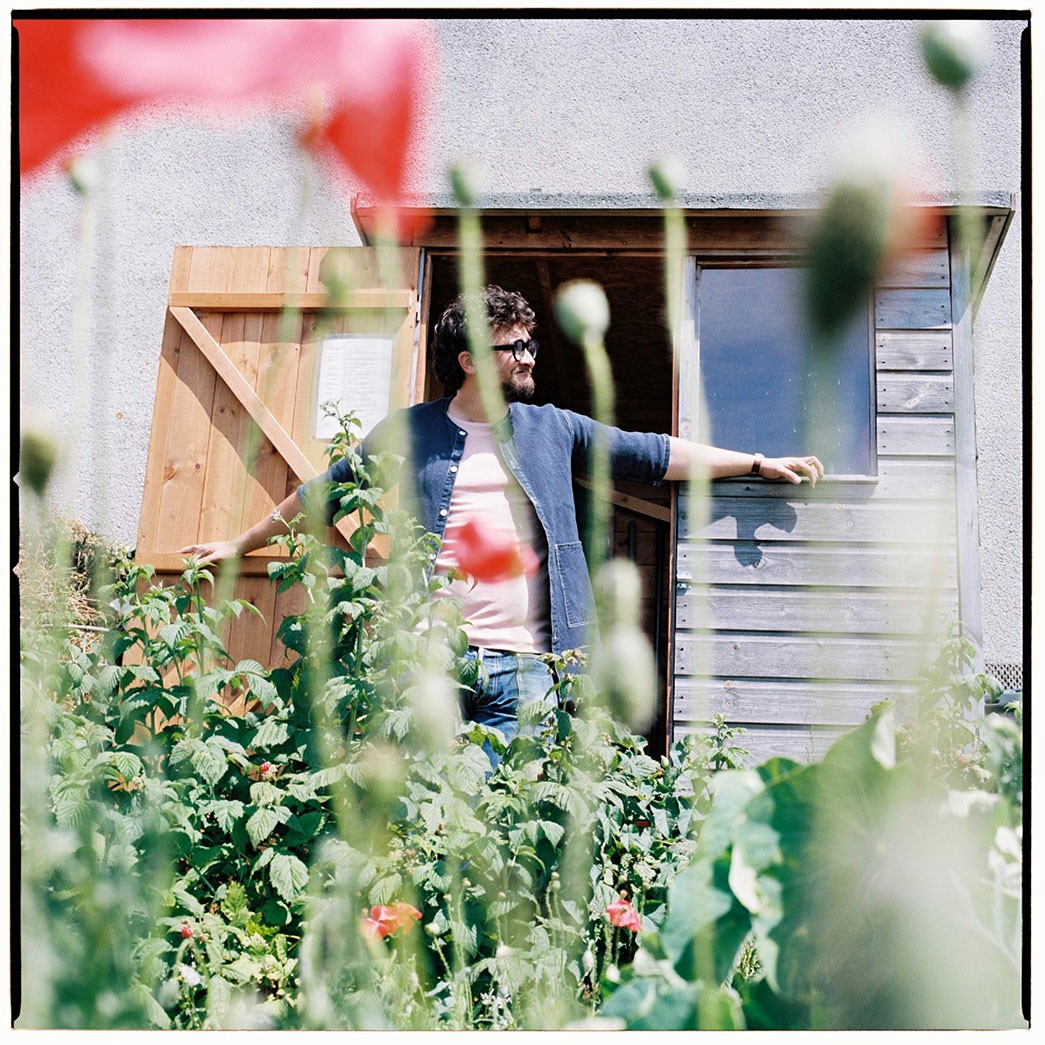
H: I’ve also read a little about your reinforced inseam construction. Can you tell me about that?
WK: I find that one of the most vulnerable parts of a jean is the inseam construction; that’s often the first place the jeans break out. To prevent that from happening, the design is made so that the flat felled seam on the inside leg is folded in the opposite direction [to how it’s done on most jeans]. The result is an inseam that faces the front of the jean as opposed to the back. It means that the inseam face moves in the same direction as the natural movement of a person on the seat of a motorbike or bike. The idea is an inseam that is less likely to break out and, due to that, a longer lasting jean.
H: Last question, Will. I read earlier today that Acronym designer Errolson Hugh described clothing as “microarchitecture”. Do you see that comparison between architecture and clothing; clothes being the house of our body?
WK: I suppose if it’s true that a house is a machine for living in then it ought to be even truer of clothes!
I don’t like things to be too ergonomic at first though. What I like about clothing made from natural materials is that the fibres bend and reshape with use, so that they shape to their owner’s body and actions. This is where the idea behind Tender’s name comes from. The full functionality of your jeans is not there from the beginning when you buy them you have to tend to them. There is a warm purity and simplicity in certain architecture which I really enjoy, and I’d like it if something similar comes through in the clothes and products which I’m involved in. I have been told by various stockists that architects own some of my things, which is a nice thing to hear!”
H: Thank you so much for taking your time to talk to us today. It’s been an enlightening insight into your brands, and we at Heddels, look forward to follow the progress of Tender and Sleeper in the future.
WK: You’re very welcome! It’s been a pleasure.
Learn more about Tender and Sleeper on their website.
